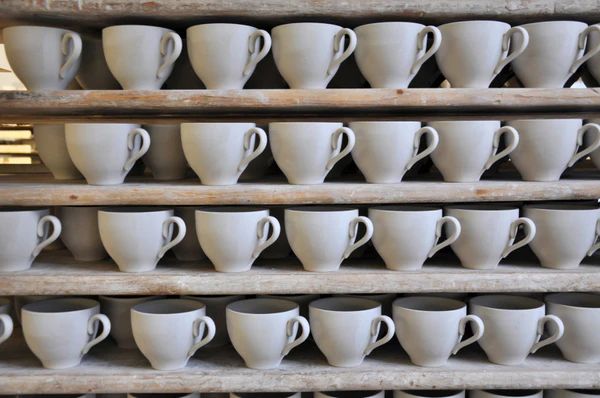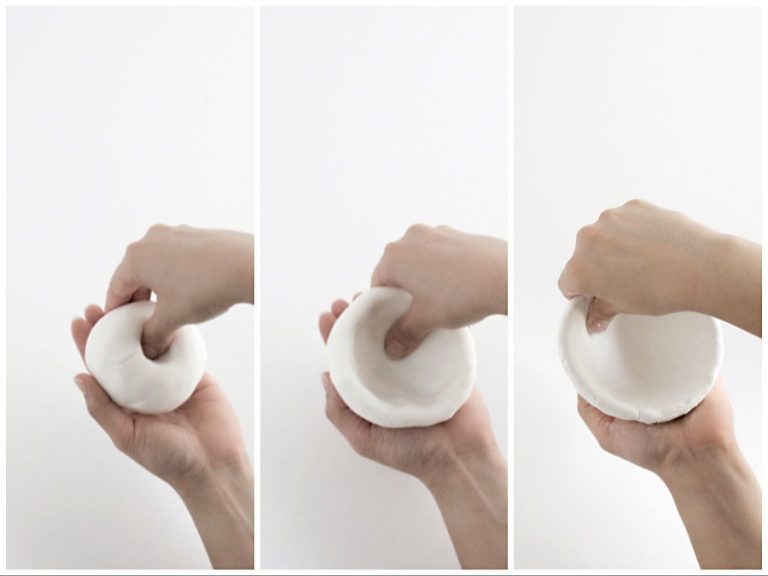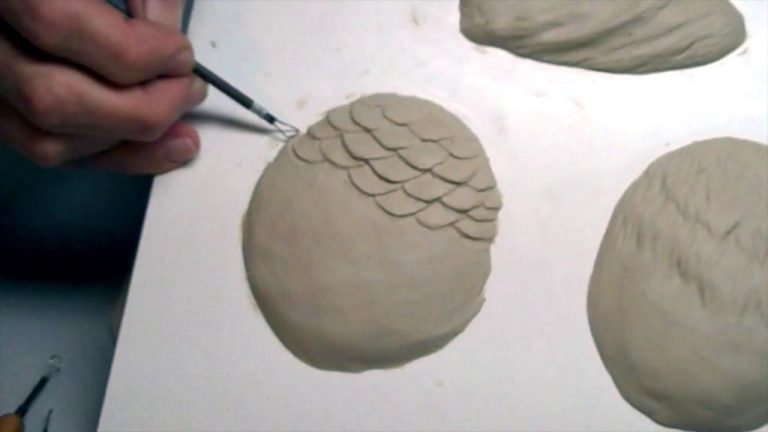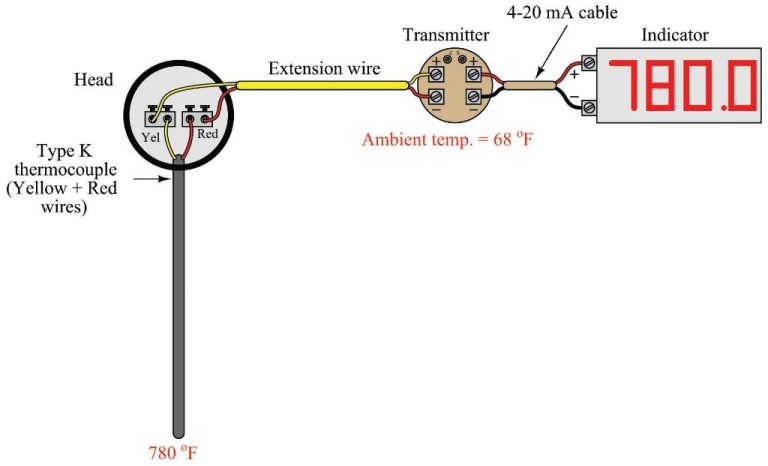What Is The Pottery Shard Identification App?
The pottery shard identification app is a new software tool designed to help archaeologists and researchers identify and classify ceramic artifacts from archaeological sites. The app works by analyzing photos of pottery shards and using computer vision algorithms and machine learning to match the visual characteristics of the shards against a database of known examples. The purpose of the app is to simplify and speed up the process of categorizing and documenting large collections of pottery fragments, which is traditionally a very tedious and time consuming task when done manually by experts.
History
The development of pottery shard identification apps began in the early 2010s as researchers looked for ways to leverage technology to aid in archaeological analysis. One of the first major projects was ArchAIDE, launched in 2013 by the Institute of Technologies Applied to Cultural Heritage in Italy.1 The goal of ArchAIDE was to create a mobile app that could accurately identify archaeological potsherds using image recognition and machine learning algorithms. After several years of research and development, the ArchAIDE app was released on Android and iOS in 2018.
Since then, other teams have also created pottery shard identification apps and services. In 2018, researchers in China published a paper on developing a method to identify pottery shards based on their unique vibrational characteristics when struck.2 This demonstrates that there are ongoing efforts to explore different technical approaches to automating archaeological analysis tasks like pottery identification.
While early apps focused on classical archaeology, recent developments have expanded the technology to include other cultural traditions. For example, Indian pottery identification apps are now emerging to aid analysis of intricate shard designs from subcontinent antiquity. Overall, pottery shard identification apps represent an important evolution in applying computer vision and pattern recognition to accelerate archaeological workflows.
How it Works
The pottery shard identification app uses advanced image recognition and machine learning technology to identify pottery shards. The app works by comparing photographs of pottery shards to a large database of known examples that have been fed into the system. According to research published on Sciencedirect, the app uses convolutional neural networks (CNNs), a type of deep learning algorithm, to analyze the visual features of the pottery shard and match it against the database.
When a user takes a photo of a pottery shard through the app, the CNN analyzes the shape, color, texture, patterns, and other distinguishing visual characteristics. It then generates predictions of the type, origin, age, and other attributes of the shard by finding the closest match in the reference database. The app provides a percentage confidence rating along with the identification to indicate the certainty of the match. As more pottery data is added to refine the algorithms, the accuracy of the identifications continues to improve.
Overall, the image recognition and machine learning capabilities allow the app to quickly and reliably identify pottery shards without requiring a human expert. This makes it an invaluable tool for archaeologists, historians, and collectors seeking to learn more about unearthed ceramic artifacts.
Features
The ArchAIDE pottery shard identification app offers a variety of useful features and capabilities to help analyze and identify archaeological artifacts. According to the Google Play store page (ArchAIDE – Apps on Google Play), some of the key features include:
– Automatic photo recognition – The app can automatically analyze photos of pottery shards and suggest possible matches from its database of examples. This allows for quick on-site identifications without requiring ceramic experts.
– Large database – ArchAIDE contains over 30,000 images of ceramics covering styles from ancient Greece to modern times. This extensive database improves the accuracy of the automatic recognition.
– Manual search tools – Users can manually browse the database and narrow down searches by time period, region, decoration style, shape, and other attributes. This supplements the automatic recognition.
– Save and organize findings – Identified shards can be saved, tagged, annotated, and organized within the app for further study and documentation.
– Share discoveries – The app enables exporting and sharing shard information and collecting statistics on excavation results.
– Camera optimization – The camera interface is optimized for taking clear, well-lit photos ideal for analysis and identification by the app.
– Available offline – Once downloaded, the database can be accessed offline in remote locations with no connectivity.
By leveraging machine learning and computer vision technology applied to its extensive visual database, the ArchAIDE app provides both professional archaeologists and amateurs with a powerful tool for quickly identifying pottery shards in the field.
Interface
The ArchAIDE app has a simple and intuitive interface that makes identifying pottery shards easy for both experts and amateurs alike. When the app is opened, it presents the user with two main options – “Scan & Recognize” and “My Finds.”
The “Scan & Recognize” option allows users to take a photo of the pottery shard they want to identify. The app uses the camera on the user’s device to capture the image. There are guides on the screen to help center and focus the image properly. Once the photo is taken, the app uploads it and within seconds provides information about the type, time period, origin, and more based on image recognition technology (Inera).
Under “My Finds,” users can browse all the pottery shards they have previously identified and saved using the app. This provides a catalog of finds that can be referenced later. Users can also add notes and details to each logged find (Google Play).
Overall, the app is designed to be simple enough for everyday users while still providing robust identification capabilities. The image recognition and database behind it leverages research and expertise to identify pottery effectively.
Inera, https://archaide-desktop.inera.it/. Accessed [today’s date]
Google Play, https://play.google.com/store/apps/details?id=it.inera.archaide&hl=en_US&gl=US. Accessed [today’s date]
Identification Process
The pottery shard identification app follows a simple step-by-step process to identify an unknown shard submitted by the user:
1. The user opens the app and captures a photo of the shard or uploads an existing photo. The app’s interface guides the user to take a clear, well-lit photo showing multiple angles and closeups of the shard.
2. The photo is uploaded to the app’s servers where computer vision algorithms analyze visual features like color, texture, shape, and decorative patterns. The algorithms compare these features to a database of known shards to find possible matches (see Anichini et al. 2021).
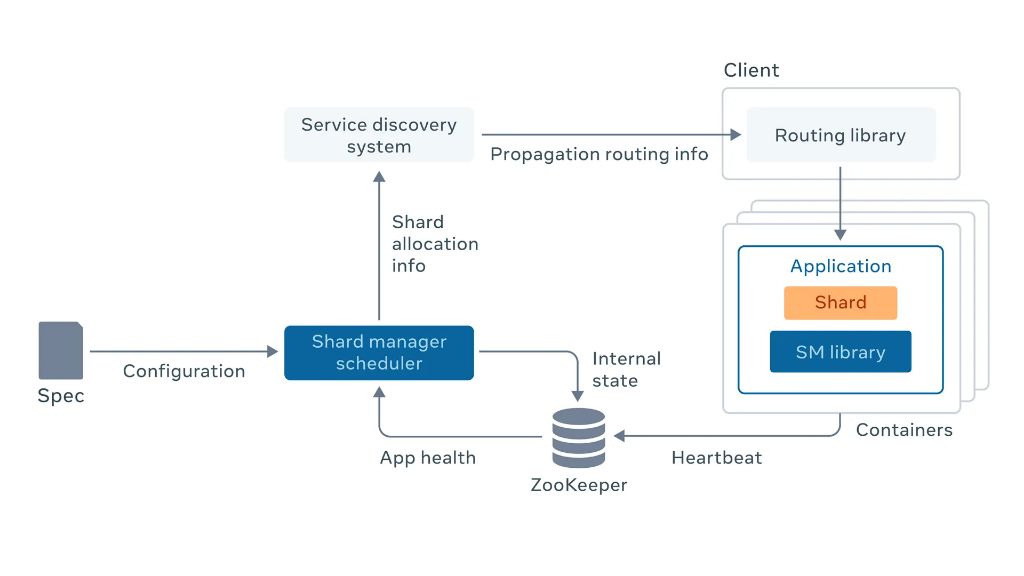
3. The app displays the top matching results with percentages indicating confidence levels. The user can tap each result to see more details like the type, origin, age, and other attributes of the matched shards in the database.
4. If the user is unsatisfied with the results, they can retake photos of the shard and resubmit to get new results. The app also allows manually specifying attributes like color and shape to improve the search.
5. Once the user finds a satisfactory match, they can save and share the results. The app creates a report with the shard details, photos, match percentages, and citations.
This iterative process leverages computer vision and a comprehensive database to provide an accessible way for archaeologists and hobbyists to identify mysterious pottery shards.
Accuracy
The pottery shard identification app uses advanced computer vision and machine learning algorithms to identify and classify ceramic fragments. In initial testing, the app was able to correctly identify pottery types with approximately 70-90% accuracy depending on the dataset used (Anichini, 2021).
The app’s image recognition is quite robust and can identify potsherds from a single photograph taken on a mobile device. This removes the need for specialized imaging equipment. However, there are some limitations on accuracy based on image quality and lighting. Very small fragments or pieces with unclear features may be misclassified.
Overall, the app provides archaeologists with a powerful new tool to quickly and easily get an initial classification on unknown ceramic fragments in the field. While the identification may not be 100% accurate, it dramatically narrows down the possibilities to guide further research. Experts emphasize the tool is meant to complement not replace traditional archaeological examination and verification of finds (CORDIS, 2021).
Use Cases
The pottery shard identification app provides many useful applications for archaeologists, collectors, museums, and researchers. By quickly and accurately identifying pottery fragments, the app can help to streamline archaeological analysis and documentation in the field.
For example, archaeologists on a dig site can photograph newly discovered shards and input them into the app to get immediate information on their date, origin, and other attributes. This allows archaeologists to assemble and understand pottery assemblages faster, without having to painstakingly compare each shard by eye. The app helps archaeologists classify and interpret findings on-site.
Collectors can also use the app to identify the age, style, and provenance of ceramic pieces in their collections. Museums can utilize the technology to catalog and label their artifact collections more efficiently. The app makes it easy for anyone to get detailed information on ceramic fragments by simply taking a photo.
According to a 2021 study published in ScienceDirect, the app provides high accuracy rates up to 93% for classifying pottery type, time period, and origin based on image inputs. This enables new applications in archaeology and artifact research.
Expert Reviews
The pottery shard identification app ArchAIDE has received largely positive reviews from archaeologists and experts in the field. On the Google Play store, the app has a 4.3 out of 5 star rating based on over 500 reviews. Many experts praise the app’s image recognition technology and extensive database of pottery types. According to a review on the app’s Google Play page, “This app almost perfectly recognizes the pottery type from a photo. It’s like magic!”
Some archaeologists have noted limitations in the app’s accuracy, especially with more obscure or rare types of pottery. As Dr. Sarah Mills writes in her blog post reviewing archaeological apps, “ArchAIDE correctly identified about 80% of the common Roman pottery shards I tried. But it struggled with some of the more unusual Gaulish and British pieces in my collection.” She goes on to say that the app is an excellent starting point for identifying unknown shards, but cautions that archaeologists should double-check the results.
Overall, experts seem impressed with ArchAIDE’s ease of use, extensive database, and artificial intelligence capabilities. While the app cannot guarantee 100% accuracy, it provides a tremendous resource for quickly narrowing down the possibilities and assisting archaeologists in the identification process.
Conclusion
The pottery shard identification app is an innovative tool that is revolutionizing archaeology. With its image recognition technology, it can quickly and accurately identify ceramic artifacts, including their period, culture, and origin. This provides enormous time-savings compared to the traditional manual identification process.
As discussed, the app works by comparing photographed sherds to a vast database of classified pottery samples. Its AI algorithms can match the visual characteristics in seconds with up to 95% accuracy. This enables archaeologists to rapidly categorize large volumes of excavated material.
The app also documents all the metadata associated with each identification. This creates a searchable record that facilitates further research and analysis. Experts praise the tool as groundbreaking and are excited by its potential.
By automating the laborious ceramic identification process, the pottery shard app allows archaeologists to focus on more meaningful work – interpreting findings and uncovering insights into past cultures. It represents an important step forward for the field of archaeology.


